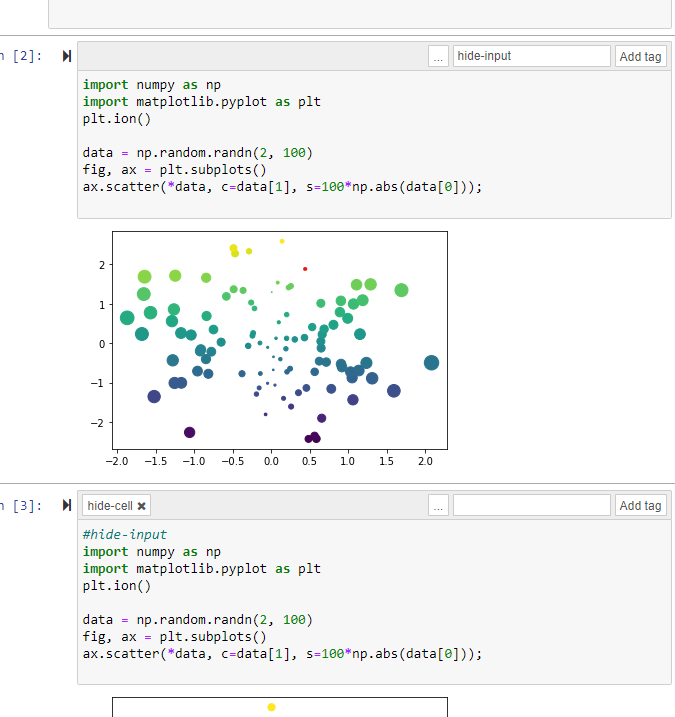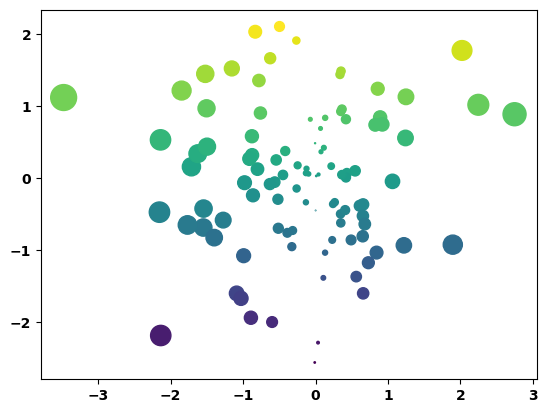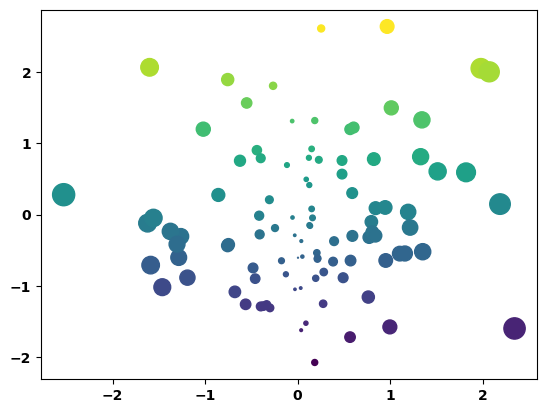Using Jupyter Books
Contents
Using Jupyter Books#
The documentation uses jupyterbook.org to convert Jupyter notebooks into html files.
This page details some basics of it’s use.
Installation#
In a terminal:
pip3 install -U jupyter-book
I had an issue with traitlets on installation so I upgraded by:
pip install --upgrade traitlets
But it may make more sense to make a new virtual environment (see below).
You can then create a new notebook folder (in the destination you are in) with:
jupyter-book create mynewbook/
And build it with:
jupyter-book build mynewbook/
Create produces a standard set-up and build is used to create the html pages within the _build/html folder
Create a virtual environment#
Some references:
In Windows I used Anaconda PowerShell. Go to folder where you want to install the virtual environment. May make sense to put them in the same place as any other ones (should be visible in visual code when a Python file is running or from Path), I use anaconda3\envs.
Create a new env called new-env:
python -m venv new-env
Activate it:
.\new-env\Scripts\activate
Once in the virtual env, can then install the packages needed:
pip install jupyter
pip install ipykernel
Then activate it:
python -m ipykernel install --user --name new-env --display-name "new-env"
If you want to run Jupyter notebook run:
jupyter notebook
An interactive plot example#
import altair as alt
from vega_datasets import data
movies = alt.UrlData(
data.movies.url,
format=alt.DataFormat(parse={"Release_Date":"date"})
)
ratings = ['G', 'NC-17', 'PG', 'PG-13', 'R']
genres = ['Action', 'Adventure', 'Black Comedy', 'Comedy',
'Concert/Performance', 'Documentary', 'Drama', 'Horror', 'Musical',
'Romantic Comedy', 'Thriller/Suspense', 'Western']
base = alt.Chart(movies, width=200, height=200).mark_point(filled=True).transform_calculate(
Rounded_IMDB_Rating = "floor(datum.IMDB_Rating)",
Hundred_Million_Production = "datum.Production_Budget > 100000000.0 ? 100 : 10",
Release_Year = "year(datum.Release_Date)"
).transform_filter(
alt.datum.IMDB_Rating > 0
).transform_filter(
alt.FieldOneOfPredicate(field='MPAA_Rating', oneOf=ratings)
).encode(
x=alt.X('Worldwide_Gross:Q', scale=alt.Scale(domain=(100000,10**9), clamp=True)),
y='IMDB_Rating:Q',
tooltip="Title:N"
)
# A slider filter
year_slider = alt.binding_range(min=1969, max=2018, step=1)
slider_selection = alt.selection_single(bind=year_slider, fields=['Release_Year'], name="Release Year_")
filter_year = base.add_selection(
slider_selection
).transform_filter(
slider_selection
).properties(title="Slider Filtering")
# A dropdown filter
genre_dropdown = alt.binding_select(options=genres)
genre_select = alt.selection_single(fields=['Major_Genre'], bind=genre_dropdown, name="Genre")
filter_genres = base.add_selection(
genre_select
).transform_filter(
genre_select
).properties(title="Dropdown Filtering")
#color changing marks
rating_radio = alt.binding_radio(options=ratings)
rating_select = alt.selection_single(fields=['MPAA_Rating'], bind=rating_radio, name="Rating")
rating_color_condition = alt.condition(rating_select,
alt.Color('MPAA_Rating:N', legend=None),
alt.value('lightgray'))
highlight_ratings = base.add_selection(
rating_select
).encode(
color=rating_color_condition
).properties(title="Radio Button Highlighting")
# Boolean selection for format changes
input_checkbox = alt.binding_checkbox()
checkbox_selection = alt.selection_single(bind=input_checkbox, name="Big Budget Films")
size_checkbox_condition = alt.condition(checkbox_selection,
alt.SizeValue(25),
alt.Size('Hundred_Million_Production:Q')
)
budget_sizing = base.add_selection(
checkbox_selection
).encode(
size=size_checkbox_condition
).properties(title="Checkbox Formatting")
( filter_year | filter_genres) & (highlight_ratings | budget_sizing )




